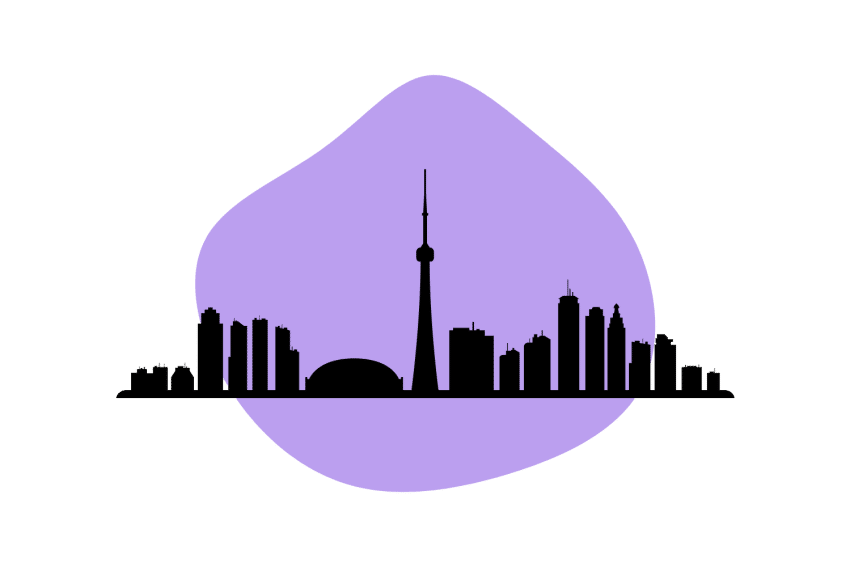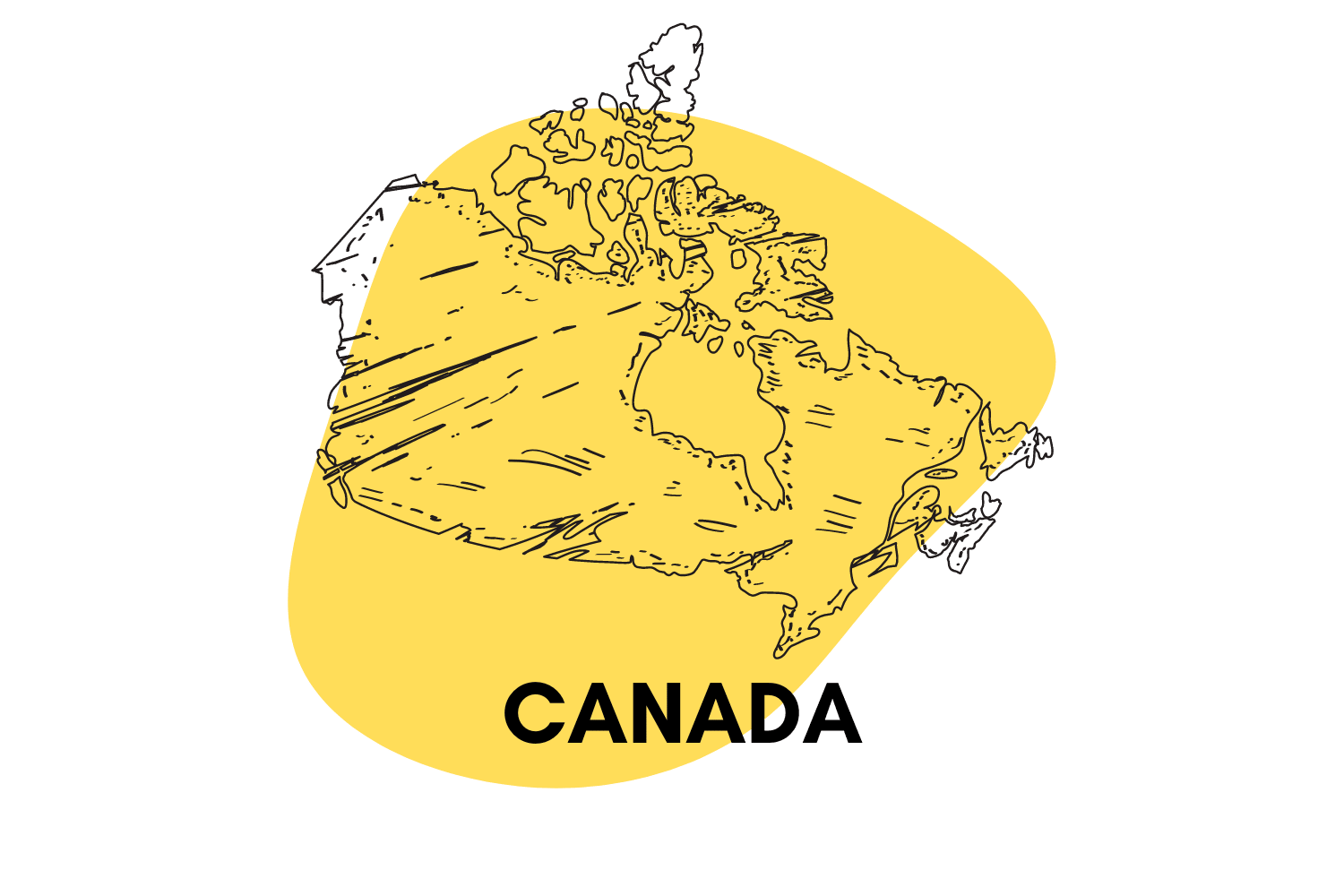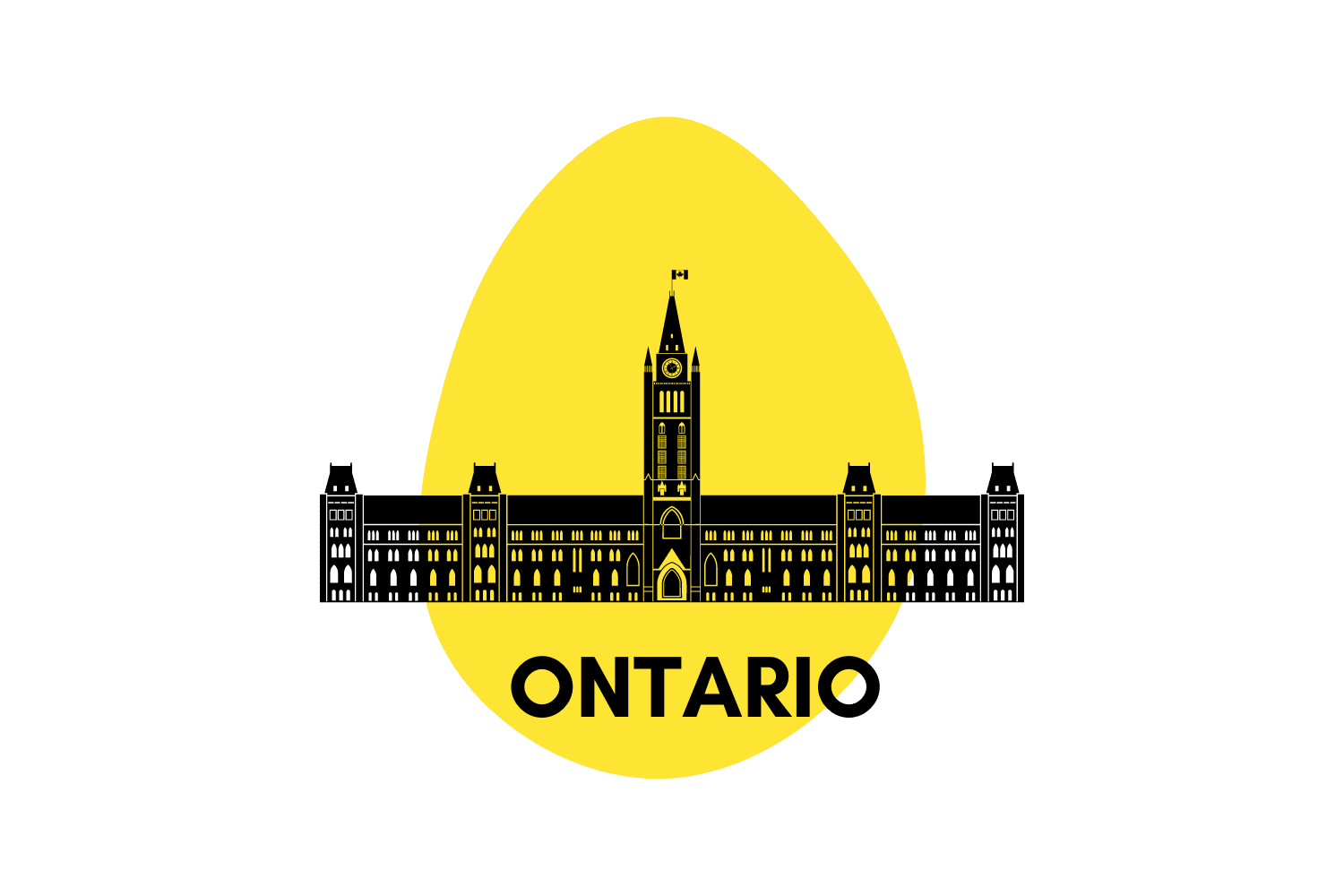The British Columbia Model: A Middle Ground for Decriminalization?
Normally, incremental change is worth celebrating, but harm reduction advocates are having trouble finding any excitement in the new decriminalization efforts of British Columbia.

British Columbia has made waves recently for its decision to allow the possession of small amounts of illegal substances… temporarily.
For a period of at least three years, people who use drugs can carry up to 2.5 grams of these substances at all times.
While the change is groundbreaking in many ways, harm reduction advocates quickly point out several flaws in it. The ones who are most affected by this are the chronic or heavy users of substances — the people it’s supposed to be for.
Let’s unpack the effort and where it falls short.
Related: Current Psychedelic Drug Laws in Vancouver
What Decriminalization Looks Like in British Columbia
For at least three years, possession of small amounts of illegal drugs will not result in prosecution.
This is according to a temporary exemption which set the limit at 2.5 grams of any combination of the following drugs:
- Opioids — Including heroin, morphine, and fentanyl
- Cocaine — Both powder and crack cocaine
- Amphetamines— Including MDMA (ecstasy/molly) and methamphetamine
Not only does the temporary law prevent legal action on offenders, but it also states their drugs “will not be seized.” This represents a radical shift in policy for anything under that limit.
“Instead,” the language of the law continues, “they will be offered information about health and social supports, including local treatment and recovery services if requested.”
There is even a section dedicated to their plans for implementing the new change, including creating a “robust plan” for training police and engaging with First Nation communities.
Several outlets consider this to be an extremely progressive measure, but the people who use drugs (PWUD) seem to disagree.

Shortcomings of Decriminalization in British Columbia
While decriminalization is often a move forward worth celebrating, harm reduction advocates find the new movement in British Columbia to have inherent flaws. Of these, the possession limit is the biggest sticking point in decriminalization efforts for BC.
Two major issues arise from it:
- Flat Rate Limit — It’s a mistake to set the same dosage limit for all substances. Consumers frequently buy cocaine in “8-balls” — or 3.5 grams, a full gram above the limit. Meanwhile, heroin doses stay under 100 mg even when insufflated, so 2.5 g is hundreds of doses.
- Restrictive Amounts — With many drugs, this limit may provide less than three days of supply for heavy users, forcing users to either re-enter the market in search of more or break the law created to protect them. Frequent purchasing means buying from a larger number of batches, increasing the potential for contamination.
Most proponents would like to see the elimination of limits altogether. The problems this law presents are present for all decriminalization policies with usage limits.
Still, the restrictive nature of this limit has made it especially prone to concern. It’s not uncommon for drug users to require more than this amount within the same day, depending on the drug.
Decriminalization should include efforts to meet the PWUDs where they are, not ask them to immediately change their habits.
Who Should Control Threshold Amounts?
The police were fighting for a 1-gram threshold, so you could argue nobody got what they wanted, but 2.5 grams is much closer to what they were pushing for. The Vancouver Area Network of Drug Users (VANDU) — otherwise known as the people this law was actually for — requested an 18-gram compromise.
Even the province of British Columbia requested 4.5 grams be the limit. The federal government decided to knock it down to 2.5 grams, which is a laughable limit for many people who use drugs.
If these laws are set with the intention of protecting the people who use drugs, why wouldn’t the government listen to the actual users of those drugs? Instead, they push along a bill that offers light amounts of decriminalization, continuing to disproportionately affect First Nations and other minority communities [1].
Other Examples of Decriminalization Efforts
Portugal offers the most comprehensive example of a country attempting decriminalization on a broad scale. In 2001, Portugal decriminalized all substances for possession of less than a 10-day supply of drugs.
This meant setting various limits for the different drugs on the market based on what they believed a 10-day supply looked like.
Examples of threshold amounts include:
- Cannabis — 5 grams of extract/resin, 25 g of flower, 5 g of THC isolate
- MDMA — 1 gram
- Heroin — 1 gram
- Cocaine — 2 grams
In this instance — as with the current one in British Columbia — these limitations don’t always align with reality. To date, there isn’t an example of decriminalization without limits.
If these efforts were truly to benefit the users of drugs and shift the paradigm of prohibition, wouldn’t they take the users into account? Instead, they mostly seemed to ask law enforcement what they believe and let their own inner biases get in the way.

The Limitations of Decriminalization
Decriminalization doesn’t solve the problem of contaminated drugs. It’s great that the police can’t hassle a user over a — supposed — three-day supply, but there is nothing in place to make sure the supply is safe.
The number one cause of drugs contaminated with fentanyl is criminalization. Oxycodone is a legal medicine that doctors can and do prescribe for pain, and when it comes from a legal source, we don’t hear news stories about fentanyl making its way into it.
Producers of illegal drugs must work in secret, with less-than-ideal and often not sterile conditions. If they’re handling the packaging or production of multiple drugs at once, the probability of contamination is high.
As harm reduction advocate Stephen Murray showcases in the video below, contamination in these settings is all too easy:
Is British Columbia’s Decriminalization Creating More Chaos?
Normally, incremental change is worth celebrating even when it falls short of the full goal of a movement. When it comes to decriminalization policies in British Columbia, advocates are having trouble celebrating at all.
According to the province’s own report from above, the typical maximum quantity users purchase at one time is as follows:
- Fentanyl — 3.5 g
- Heroin — 3.5 g
- Cocaine — 7 g
- Crack — 3.5 g
- Methamphetamine — 3 g
While 4.5 g would have been restrictive, it would have still offered a lot more freedom than the 2.5 g limit does now. It’s not possible to remove the stigma surrounding drug use without removing the restrictions on PWUDs.
The government is essentially telling them they are no longer criminals for the act of drug use, but doing so in such a way brings more harm. If users do reduce their limits, this will require them to make more frequent purchases — both of which put them in potentially harmful situations and increase the likelihood of getting a contaminated batch.
Instead, this law will simply not apply to the PWUDs who require larger amounts because they will likely have to break the law to keep using.
Summary: What’s the Future Look Like for PWUD in BC?
Under the temporary law, many of the people who use drugs will likely find very little difference in their lives. Having to maintain either restrictive threshold limits or break the law anyway, it will be business as usual for many PWUDs.
Reducing the burden of criminalization isn’t the same as lifting prohibition. While several will tout the decision as radical liberalism, the everyday people who use drugs don’t think it makes much of a difference at all.
Hopefully, as time goes on with this experimental legislation, attitudes will shift and open up more protections for the people it’s aiming to help. If that happens, we’ll make sure to let you know about it.
References
- Lisa, B., & Jessica, H. (2018). Evidence synthesis-The opioid crisis in Canada: a national perspective. Health promotion and chronic disease prevention in Canada: research, policy and practice, 38(6), 224.








